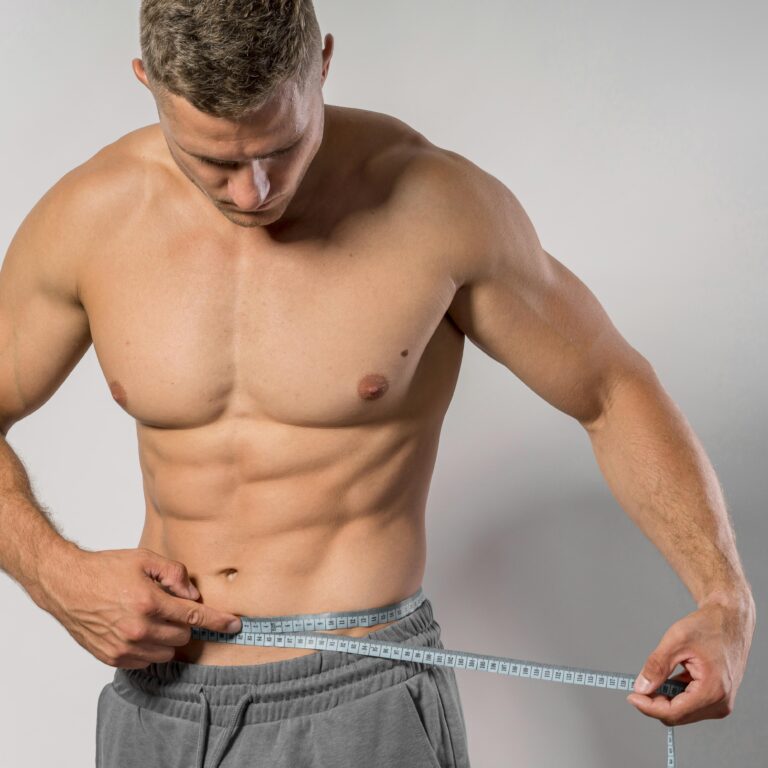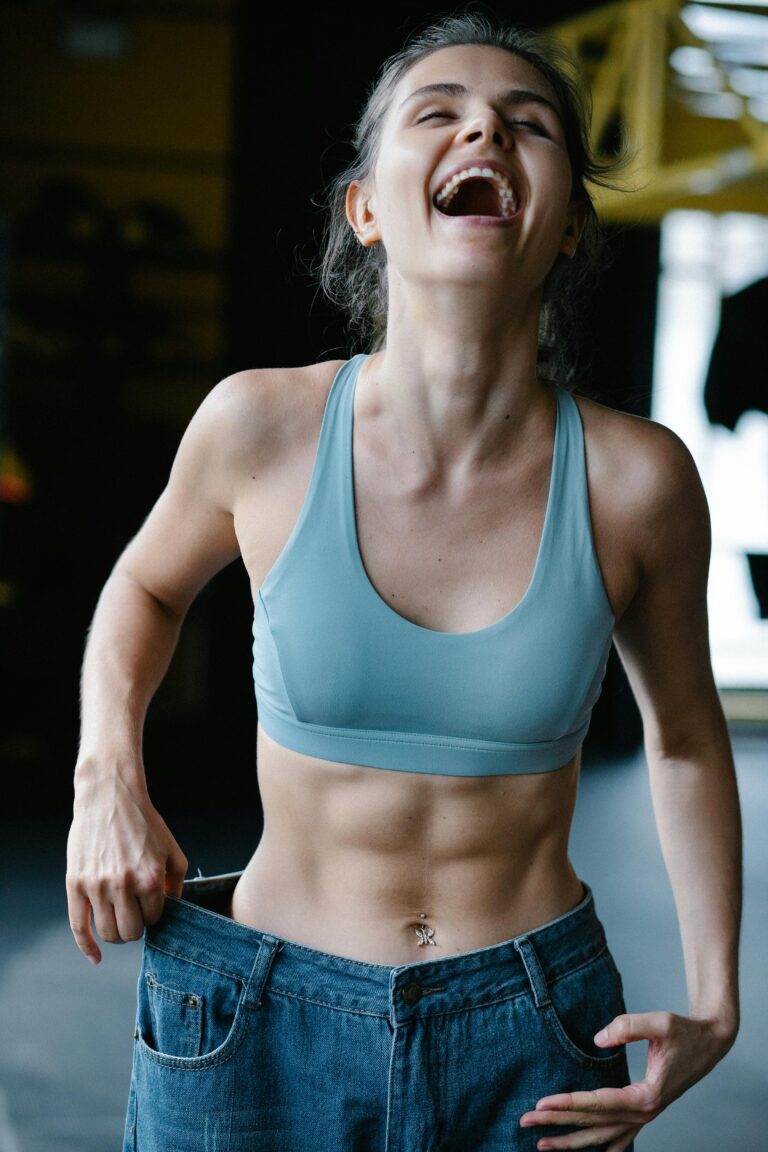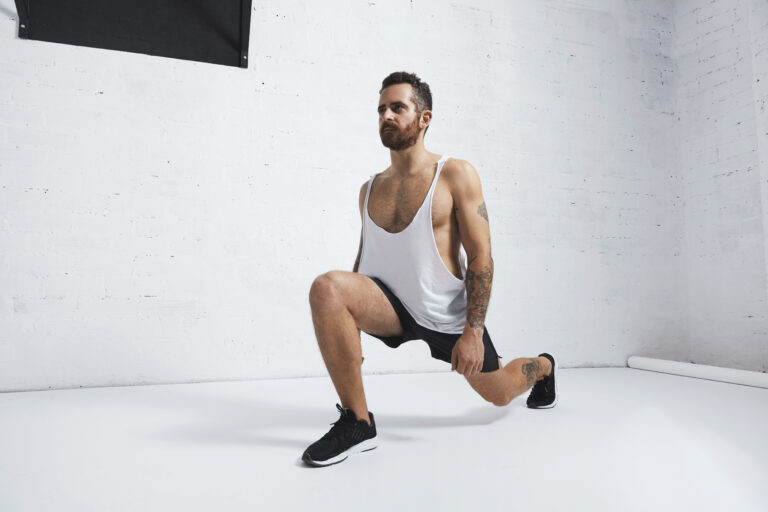Common Mistakes Beginners Make (and How to Avoid Them)
Common Mistakes Beginners Make (and How to Avoid Them)
Starting your fitness journey with home workouts can feel empowering—no commute, no crowds, and no intimidating equipment. Whether you’re squeezing in bodyweight squats between Zoom calls or doing push-ups in your living room, the flexibility and freedom of working out at home are unmatched.
But let’s face it—starting out alone also means you’re more prone to making mistakes. Without a coach or gym buddy, it’s easy to fall into traps that slow your progress or cause injury. From skipping warm-ups to comparing yourself with influencers, these beginner blunders can derail even the most motivated fitness goals.
In this guide, we’ll explore the most common mistakes beginners make during home workouts—and more importantly, how to fix them. Whether you’re doing bodyweight training to save money, avoid the gym, or simply keep things simple, we’ll help you stay consistent, injury-free, and motivated for the long haul.
Overtraining or Undertraining
One of the biggest mistakes in home workouts for beginners is not getting the intensity right. Many beginners either push themselves too hard—working out every single day without rest—or barely challenge their bodies at all.
Overtraining can lead to exhaustion, injury, and mental burnout. You may feel sore all the time, start losing motivation, or even see your performance decline.
On the other hand, undertraining (not pushing hard enough or skipping sessions) won’t give your muscles the stimulation they need to grow and get stronger.
How to Fix It:
- Follow a balanced weekly workout plan with 3–5 sessions.
- Use progressive overload—gradually increase your reps or intensity each week.
- Always include rest days or active recovery sessions.
- Listen to your body: sore is okay, pain is not.
Skipping Warm-Ups and Stretching
Skipping your warm-up and stretching is like driving your car without letting the engine warm—it’s risky and reduces performance.
Warm-ups prepare your muscles, heart, and joints for movement. They increase blood flow, raise your core temperature, and help prevent injury.
Stretching after your workout promotes flexibility, reduces soreness, and helps your muscles recover faster. It’s especially important if you’re doing high-rep bodyweight exercises at home like squats, lunges, and burpees.
How to Fix It:
- Begin every workout with a 5–7 minute dynamic warm-up: jumping jacks, arm circles, hip openers.
- End your workout with static stretches: hold each stretch for 20–30 seconds.
- Check out this resource for ideas: [Insert image or video demonstration here].
Comparing Yourself with Advanced Athletes Online
Social media is full of shredded fitness models doing handstand push-ups or one-arm burpees. When you’re just starting out, comparing your progress to theirs is one of the most demotivating mistakes you can make.
Remember, these influencers have often trained for years, have personal coaches, and may even edit their videos. Your journey is unique—and comparing it to someone else’s highlight reel will only slow you down.
How to Fix It:
- Track your own progress, not someone else’s.
- Celebrate small wins: your first 10 push-ups, a week of consistency, or improved flexibility.
- Unfollow accounts that make you feel inadequate. Follow those that educate and uplift you.
Benefits of Bodyweight Training
Before we dive into a workout routine, it’s worth celebrating what makes bodyweight workouts at home so great:
✅ Zero cost – no gym fees, no gear required.
✅ Total convenience – work out anytime, anywhere.
✅ Injury prevention – great for learning control and form.
✅ Scalable – you can increase reps, sets, or speed as you improve.
Plus, when you avoid the common mistakes we’ve covered, these benefits multiply.
Your Beginner-Friendly 20-Minute Home Workout
Here’s a quick and effective home workout routine that uses just your bodyweight:
| Exercise | Reps/Sets |
| Jumping Jacks (warm-up) | 1 minute |
| Squats | 3 sets of 15 reps |
| Push-Ups | 3 sets of 10–12 reps |
| Lunges | 2 sets of 10 per leg |
| Plank | 2 rounds of 30 seconds |
| Burpees | 2 sets of 8–10 reps |
| Cool-down Stretching | 5 minutes |
✅ Rest 30–60 seconds between sets.
✅ Repeat 3–5 times a week for best results.
Conclusion: Train Smart, Not Just Hard
Avoiding common mistakes like overtraining, skipping warm-ups, or comparing yourself to pros can make a huge difference in your progress. Stick to consistent, simple routines, and you’ll gain confidence, strength, and energy.
To get the most out of your workouts, what you eat matters just as much as how you move. Proper nutrition fuels your energy, supports muscle recovery, and helps you stay consistent on your fitness journey. If you’re unsure what to eat before or after a workout, check out our guide on Nutrition Basics for Home Fitness for simple, beginner-friendly tips.
It’s packed with actionable tips, full-body routines, and motivation to help you succeed—no gym required.






